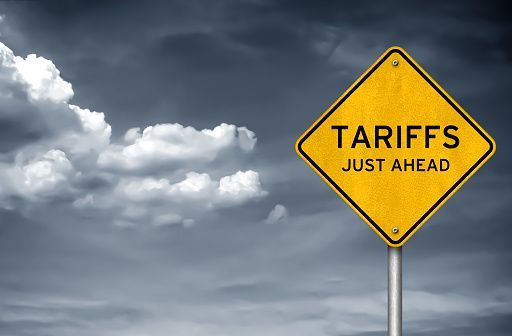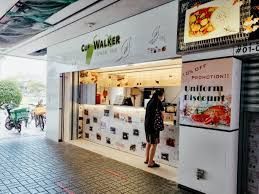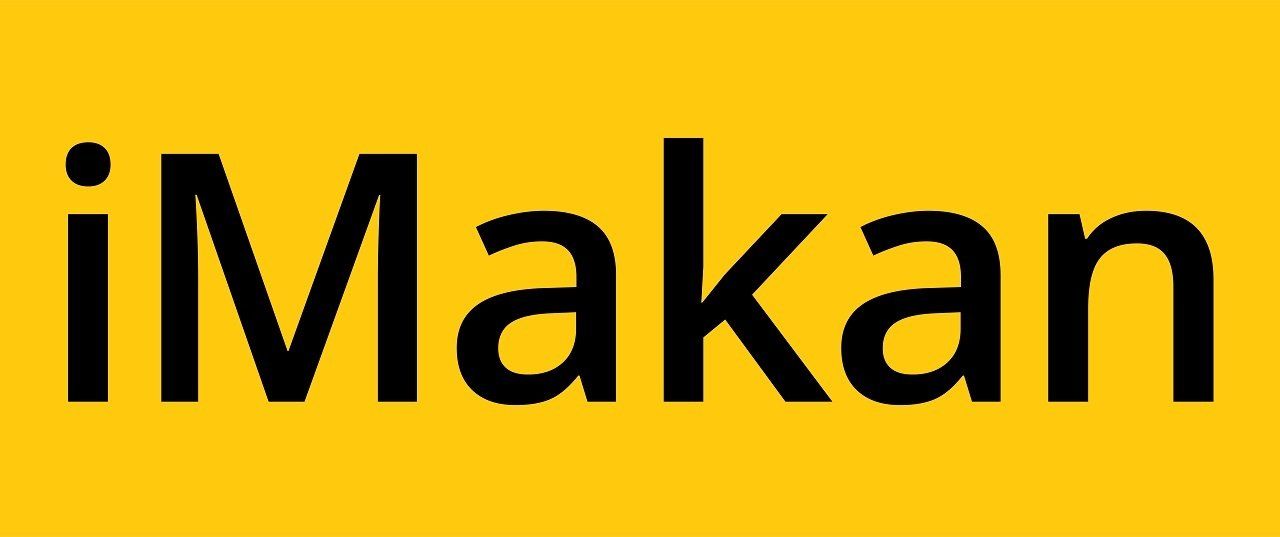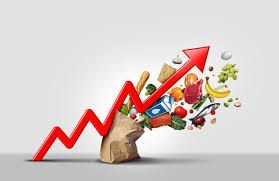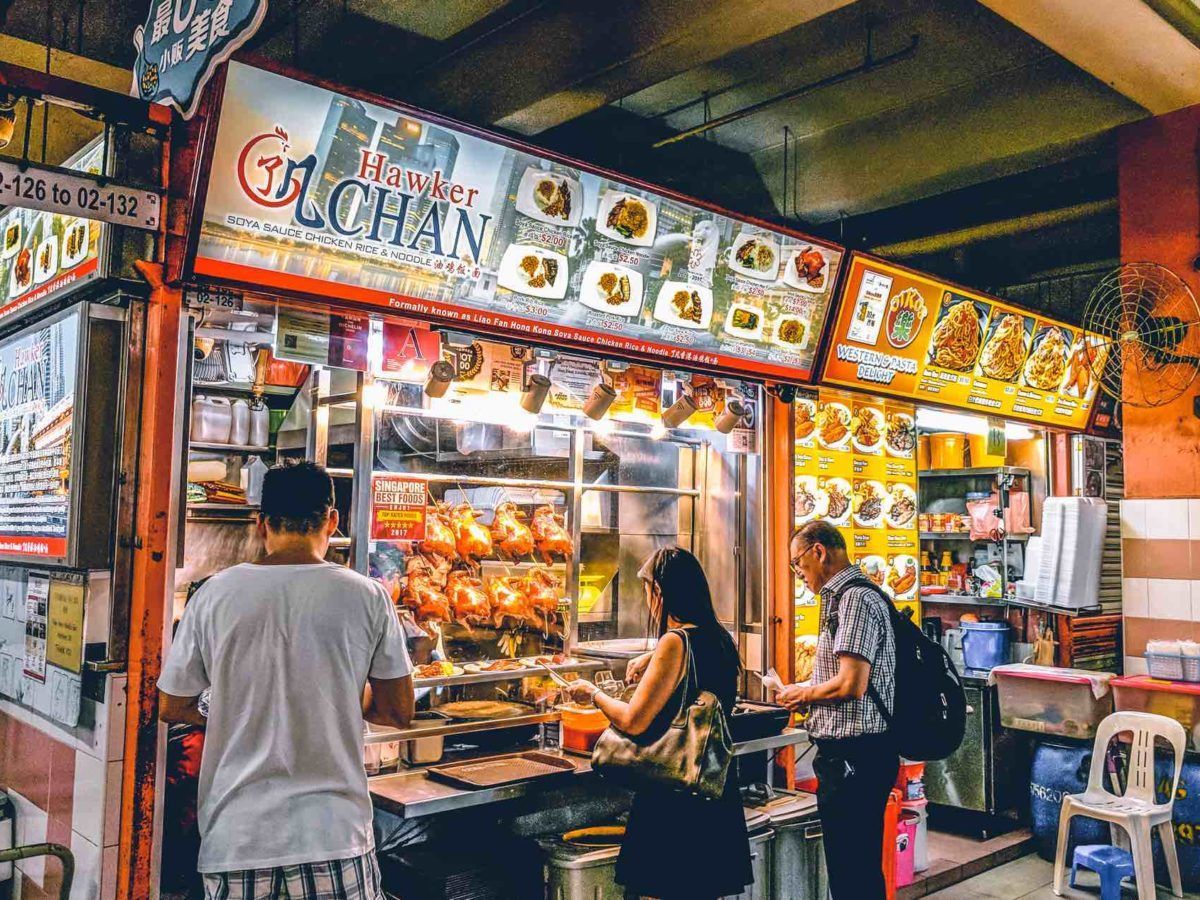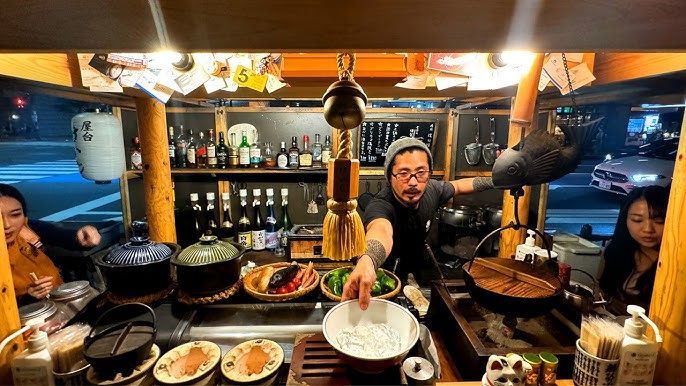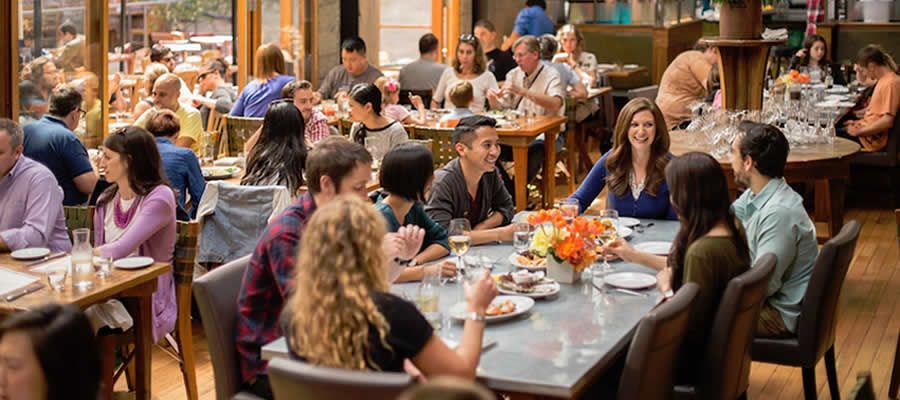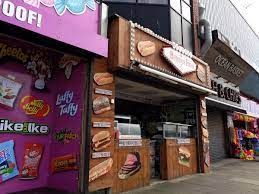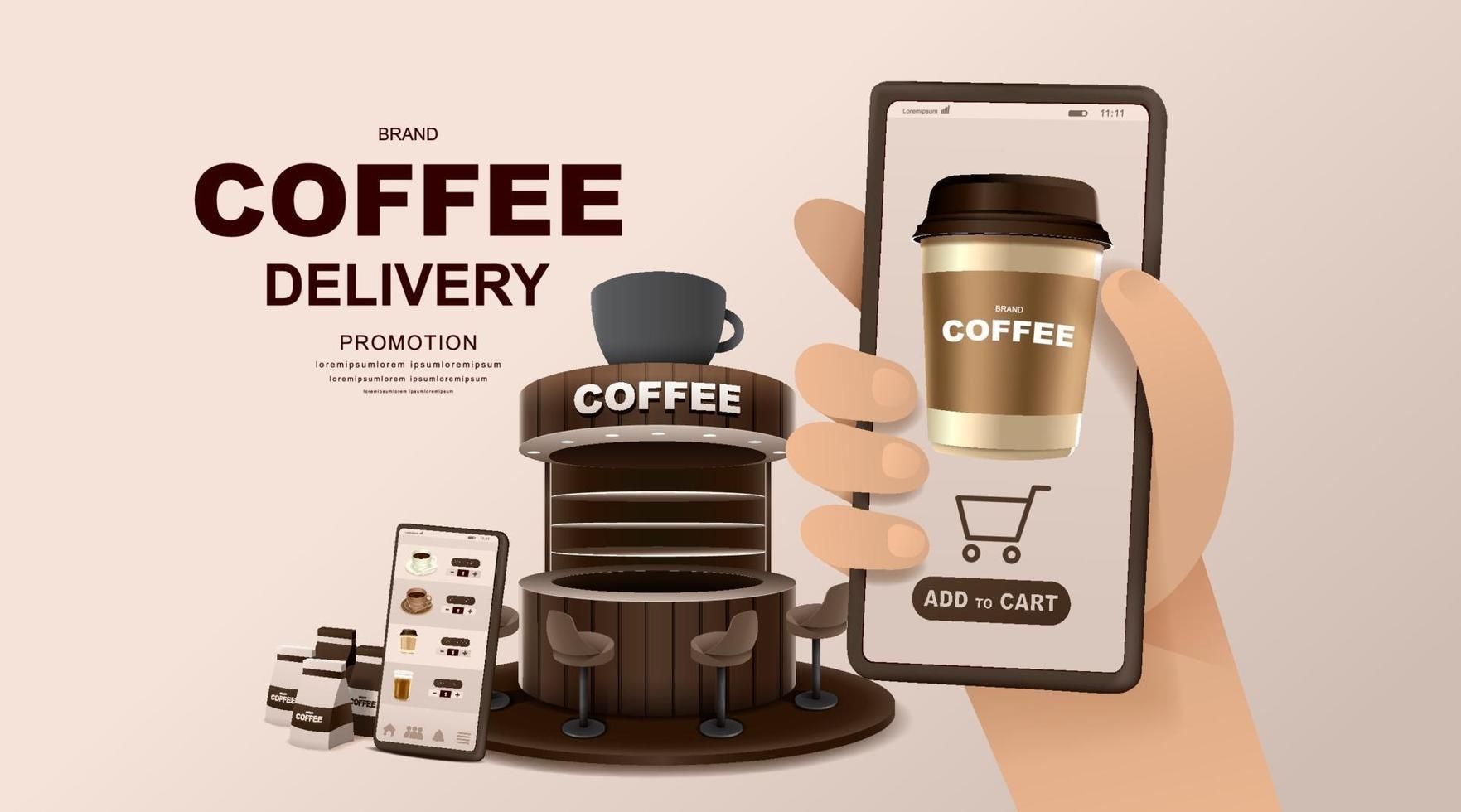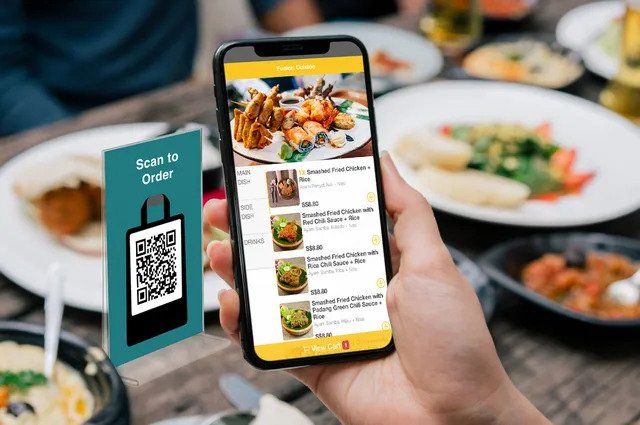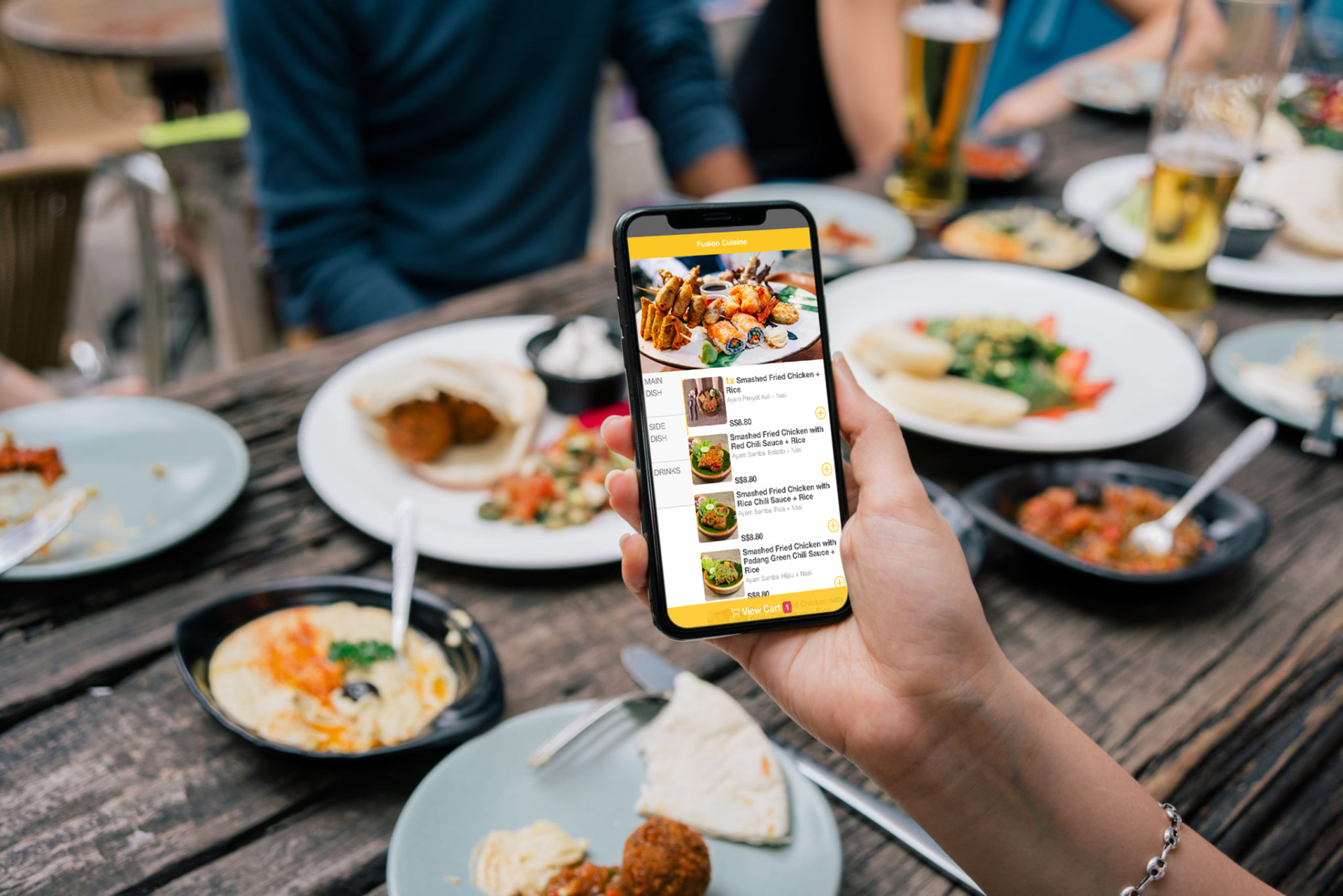
Research has shown that Singaporeans spend an average of 3 hours and 12 minutes of our time on mobile phones every day, hence, reaching out to your customers through mobile-friendly platforms very effective, and important for your F&B business.
On top of that statistic, about 81% of restaurant/cafe goers search for new places to eat on their smartphones, and 75% make their decisions based on that search result.
How can you, as an F&B business owner, use these statistics to your advantage? Here are some ways.
Make your F&B business searchable on Google
When it comes to being searchable on Google, spending lots of effort on Search Engine Optimization, and spending money on paid Google ads comes to mind. However, there is an easier way to get your business searchable, with all the necessary information that your potential customers may need.
Use
Google MyBusiness to get searchable on Google. When you set up your Google MyBusiness account, information such as pictures of your F&B outlet, food images, address, opening hours, a link to your website, your customer reviews and your menu is available to your customers. The more information your target audience know about your F&B business, the higher the chance of them becoming your customers.
Get a digital menu
When potential customers are browsing the web to find a suitable F&B outlet to dine at, it mostly comes down to what the F&B outlet has on their menu. Getting a digital menu helps you put your menu on your website, social media platforms like Instagram and Facebook, or your Google MyBusiness link.
Providing potential customers with information on what your F&B business has to offer, increases the chances of them picking your restaurant over others, which may not have their menu on display.
On top of that, a digital menu can serve as an additional source of revenue. It can be used as a platform for you to get orders from customers who want to
pre-order for self pick up, or delivery.
Get on social media
Social media is a great marketing tool for business to consumer marketing. With good social media marketing practices, you can reach more than 4.7 million Singaporeans through social media marketing.
Getting on social media makes your brand more relatable to your customers through interactions with them in the comments sections or by doing polls. By creating a community on social media, you can also boost customer loyalty.
Be contactable
Potential customers may have been drawn in through your social media marketing efforts or your digital menu, and are looking to contact you to make a reservation or to enquire more. When potential customers are at this stage, they are one foot in the door of your F&B business.
Be sure to have your F&B business contact number on all your websites and social media platforms so that these customers can easily contact you.
Get reviews
Use QR codes around your F&B business to get customers to do a review of your food and services with ease. By collecting more positive reviews, you build your F&B business credibility. Potential customers are more likely to pick a shop with more positive reviews over those with little or no reviews.
Use QR Ordering
As we have mentioned, customers these days spend lots of time on their smartphones. Using QR ordering, where customers scan a QR code to place orders helps you to generate more revenue on each order.
QR ordering turns your customers’ smartphones into a digital menu and ordering device. This allows you to attach attractive images to each dish to whet your customers’ appetite, or help them understand your menu items better. On top of that, QR ordering’s digital menu helps you upsell automatically to your customers when they place an order, never missing an opportunity to upsell.
Apart from additional revenue generation, QR ordering also helps reduce operational costs by lowering your dependency on manpower for manual table to table order taking, helping you to scale your F&B business.
Conclusion
It is crucial to keep up with the times and get your F&B business mobile-friendly. This way, you can stay ahead of the competition. Other than improving your business mobile-friendliness to boost customer acquisition.
If you are interested in QR ordering for your F&B business, do drop us your contact information and we will be happy to arrange a free demo with you!
